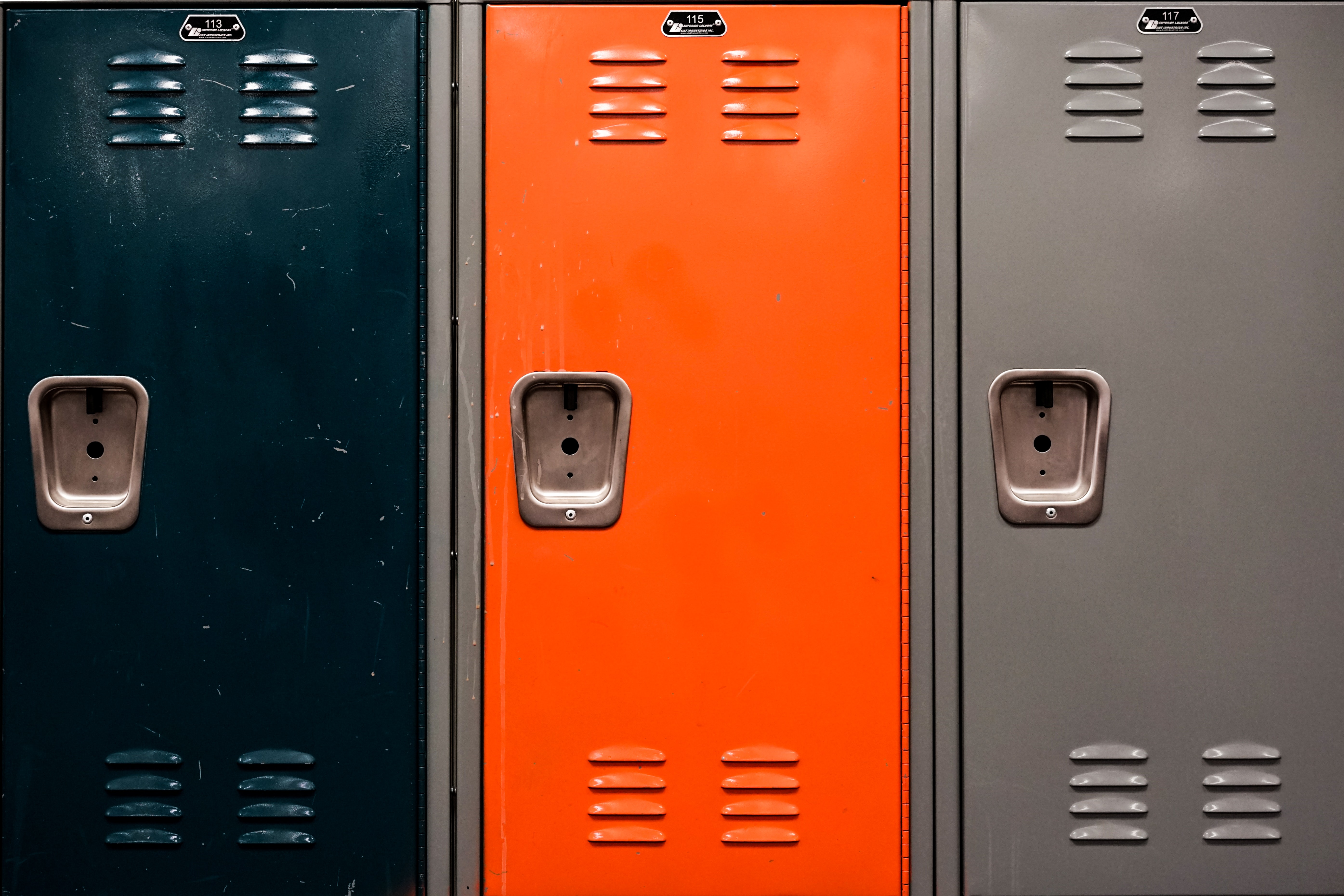Updates to M.G.L. c. 71, Sec. 37H3/4

Summary
Beginning November 8th, school decision makers will have additional hurdles to clear when implementing student discipline at meetings and hearings.
M.G.L. c. 71 § 37H¾(b) governs suspension and expulsion of students who are not charged with a violation of 37H, which applies to possession of a dangerous weapons and assaults on administrators and staff, or 37H½, which applies to students charged with felonies or felony delinquency. Recent changes and amendments to § 37H¾(b) include: (1) the removal of language bestowing a decision maker with discretion in the formulation of disciplinary consequences; (2) mandatory use of alternative remedies unless unsuitable or counter-productive before imposition of suspension and expulsion; and (3) the obligatory documentation. A defensible decision to impose discipline requires an understanding of these obstacles.
A comparison of the language of the present law in relation to the new statute follows to facilitate analysis:
STATUATORY LANGUAGE- M.G.L., c.71, § 37H¾(b)
The previous version of the law states:
Any principal, headmaster, superintendent or other person acting as a decision-maker at a student meeting or hearing, when deciding the consequences for the student, shall exercise discretion; consider ways to re-engage the student in the learning process; and avoid using expulsion as a consequence until other remedies and consequences have been employed.
Effective November 8, 2022, §37H¾(b) reads:
Any principal, headmaster, superintendent or person acting as a decision-maker at a student meeting or hearing, when deciding the consequences for the student, shall consider ways to re-engage the student in the learning process; and shall not suspend or expel a student until alternative remedies have been employed and their use and results documented, following and in direct response to a specific incident or incidents, unless specific reasons are documented as to why such alternative remedies are unsuitable or counter-productive, and in cases where the student’s continued presence in school would pose a specific, documentable concern about the infliction of serious bodily injury or other serious harm upon another person while in school. Alternative remedies may include, but shall not be limited to: (i) mediation; (ii) conflict resolution; (iii) restorative justice; and (iv) collaborative problem solving. The principal, headmaster, superintendent or person acting as a decision-maker shall also implement school- or district-wide models to re-engage students in the learning process which shall include but not be limited to: (i) positive behavioral interventions and supports models and (ii) trauma sensitive learning models; provided, however, that school- or district-wide models shall not be considered a direct response to a specific incident.
CHANGES IN PRACTICE REQUIRED
There are three prominent changes to the law. First, the amended statute removes the exercise of discretion language and mandates the use of alternative remedies including mediation, conflict resolution restorative justice and collaborative problem solving before any suspension or expulsion can occur unless such use would be unsuitable or counterproductive. Other alternative remedies, not specifically listed in the statute, are also allowable. The statute does not define "unsuitable" or "counter-productive."
Second, the statute incorporates a burdensome documentation feature which is highlighted by the use of the word “document” (not used anywhere in the original statute), which now appears three times in one sentence. Accordingly, the decision maker is now required to document three items before the imposition of suspension or expulsion: (1) the use and results of the use of alternative remedies employed; (2) specific reasons why alternative remedies are unsuitable or counter-productive and therefore not employed; and/or (3) why the student’s continued presence in school poses a “specific, documentable concern” about the infliction of serious bodily injury or other serious harm upon another person while in school.
Third, the principal, headmaster, superintendent or person acting as decision maker is required to take proactive steps and implement school or district-wide models to re-engage students in the learning process, including positive behavioral interventions and support models, and trauma sensitive learning models. These obligations are separate from the imposition of student discipline stemming from a specific incident.
TAKEAWAYS
During disciplinary meetings and hearings, consider the following questions to ensure that all hurdles have been cleared before implementation of a suspension or expulsion:
- Have alternative remedies been employed first? Have their use and the results been documented in writing?
- If alternative remedies have not been employed, have the specific reasons been documented in writing as to why such remedies are unsuitable or counter-productive?
- Does the student’s continued presence in the school pose a specific, documentable concern about the infliction or serious bodily injury or other serious harm upon another person while in school?
Presumably, the heavy emphasis on documentation addresses the dual need to ensure disciplinary decisions are not arbitrary, but instead are carefully considered and fact-based, and a written trail of evidence will enhance the defensibility of a decision if challenged.
This advisory is for informational purposes only and may be considered advertising. It is not intended to and does not constitute legal advice with respect to any specific matter and should not be acted upon without consultation with legal counsel.